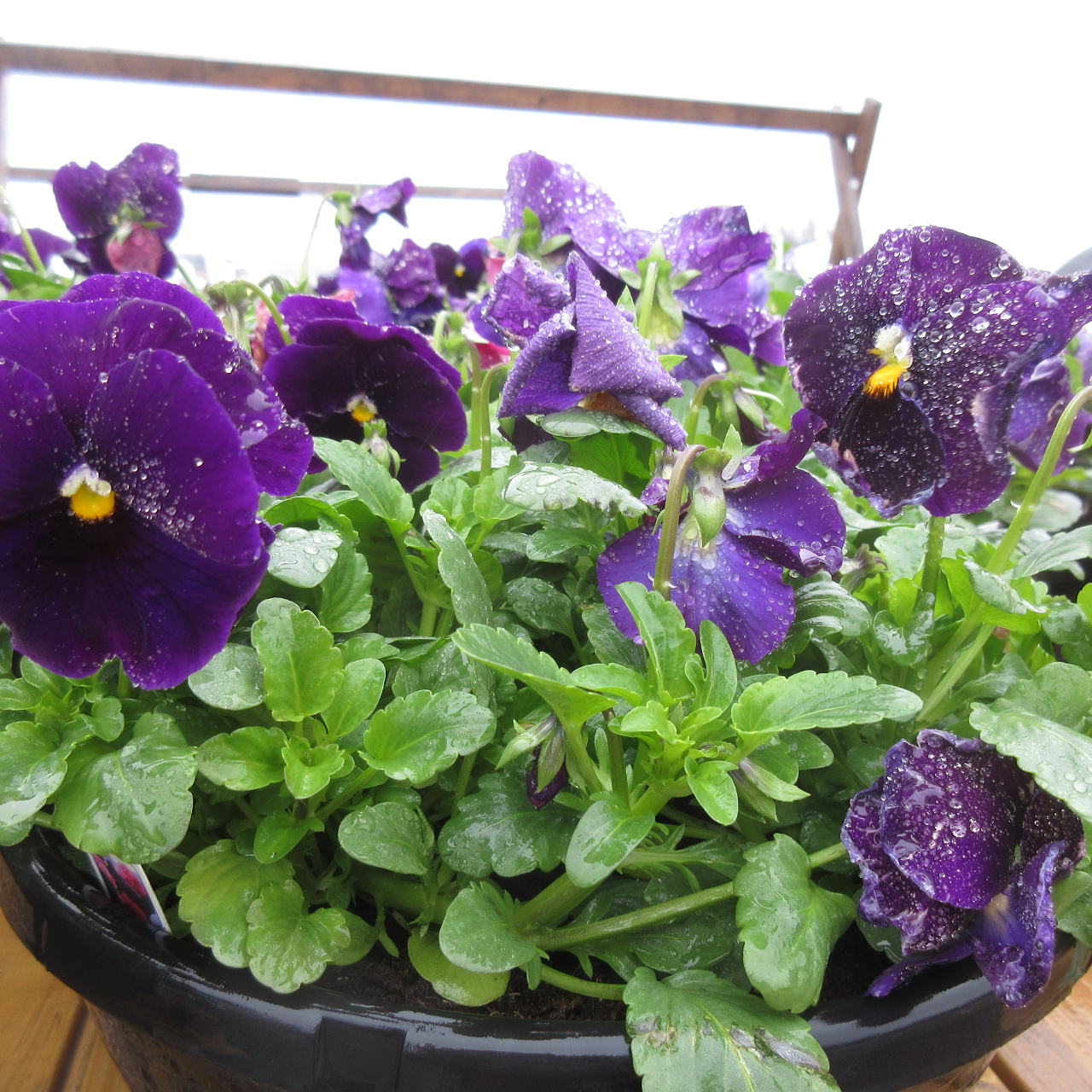When the first warm day comes, it's hard to resit the temptation to head into your garden and start working. There are a few things to keep in mind, though, since we do live in a rather cold climate.
My father was given the "golden rule" of working the land by his father back in Germany: Don't work the land if you can make soup. Sounds rather odd at first, but it's very true. If you start trying to work your garden and you can see water or ground is soggy, you end up making a muddy soup out of the soil which destroys all it's structure. So although it sounds odd, it works.
Even if you can't really work the land, sometimes your just itching to do something. Being in Ottawa, there's still a risk of frost up until the middle of May. When planting in April, it's good to start with some really tough plants. Start with evergreens which can often take rather hard frosts. Planting evergreens can sometimes be handy really early in the spring because you're adding a little "anchor" into your garden giving you a little direction for the rest of the season.
When you do plant, don't worry about a bed. Simply make the hole for the plant and add bone meal. Hold off on any transplant fertilizer you would normally apply for a couple of weeks. Since most plants are still dormant and aren't absorbing any nutrients, it's somewhat wasteful to add fertilizer until the plant starts to grow. Wait until at least the first week of May or until you start to see some new growth on the plants before adding the transplant fertilizer. Adding fertilizer too soon just lets it get diluted in the wet ground and potentially wash away with early spring rains.
You can potentially plant some shrubs and perennials, but not very many. The only perennials that should be planted are those that are either dormant or just starting. If you see a perennial with full leaves, it was probably started indoors or in a warmer climate and a cold snap could damage the plant and stunt it or even kill it. Since the perennials that are ready to plant look more like pots of dirt, with only a small sprout of green, it's probably best to wait to plant them until the middle of May, unless of course you have a very detailed plan.
The same holds true for shrubs. Try and find shrubs that have little to no leaves on it. A shrub with lots of leaves was, again, probably grown in a warmer climate and could potentially be damaged by the cold. Most shrubs this time of year are more sticks than shrubs.
We have a saying at our nursery that works as a good rule: If we have it outdoors, you can plant it outdoors. We tend to stay a little on the safe-side so you can rest easy. Some plants will often lose their flowers, even if we have them outside, but the plants will remain healthy.
With the new global economy hitting the gardening industry, there's another little thing that gardeners need to be conscious about. Plants imported into Ottawa from the west coast, often British Columbia or Oregon, can sometimes suffer climate shock. The west coast doesn't get nearly as cold as we do so plants start growing far earlier. That new growth can't take the cold. We have also witnessed a lower winter survival rate from some plants if not properly acclimatized.
Even with the risk of cold nights and wet weather, there's always something you can do in your garden. Just make sure to take it slowly and don't try and push the envelope too much early in the season.

